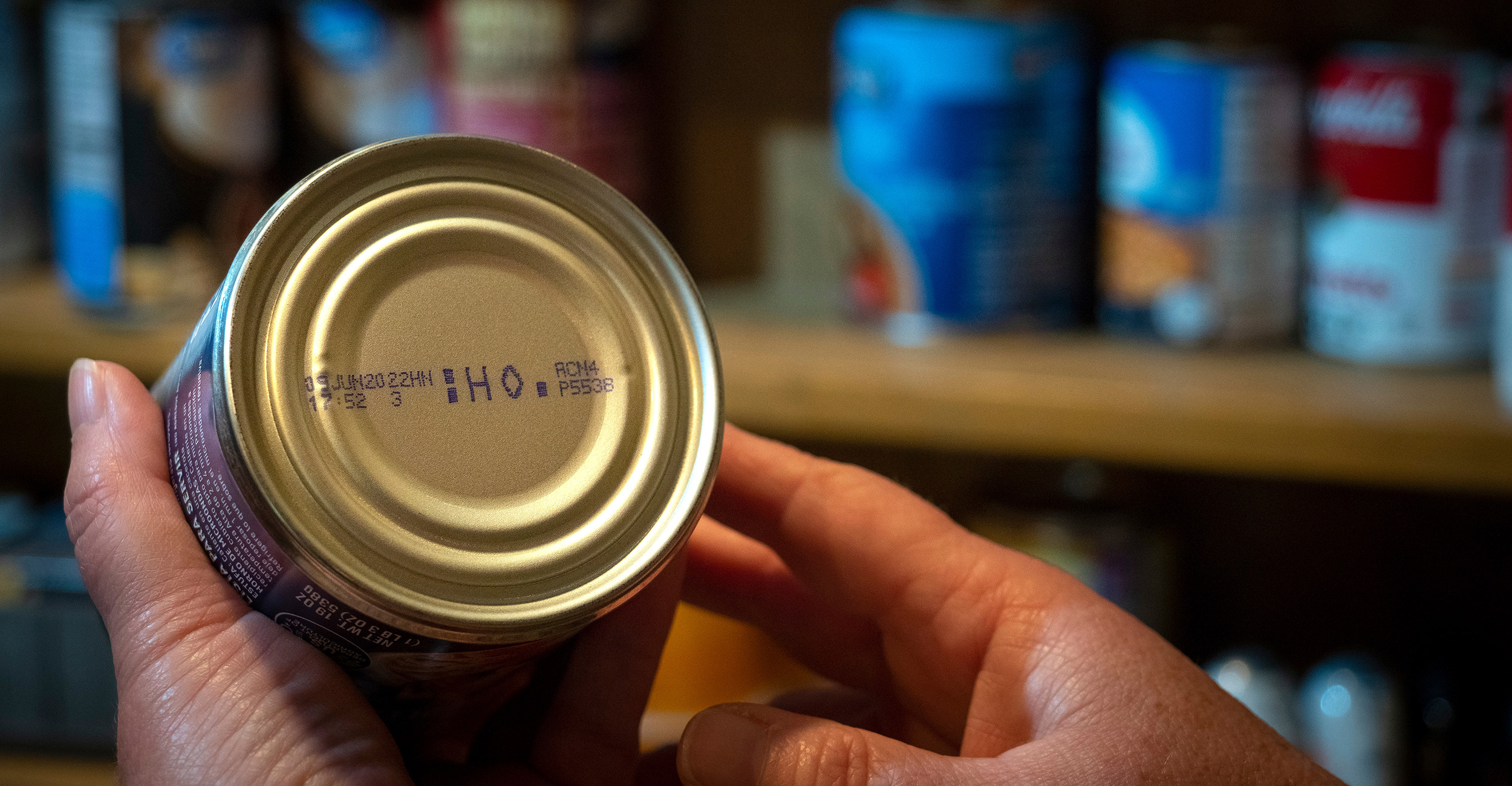
Does a ‘best-by’ date mean a ‘goodbye’ deadline for food?
Thursday, April 29, 2021
Media Contact: Trisha Gedon | Communications Specialist | 405-744-3625 | trisha.gedon@okstate.edu
This time of year finds many Oklahomans decluttering pantries as part of their spring cleaning rituals. But what should you do with food items that are past their use-by or best-by dates on labels?
It’s a question that has implications for the family budget. The latest U.S. Department of Agriculture’s Consumer Price Index for Food shows the consumer price index for grocery store or supermarket food purchases increased 0.2% from February to March this year, and the CPI was 3.3% higher than March 2020. Economic experts believe the upward trend will continue.
“With grocery prices going up, it’s more important now than ever to make the most of what you have in your pantry,” said Barbara Brown, Oklahoma State University Extension food specialist. “Don’t be fooled by use-by and best-by dates. These foods can still be perfectly safe to consume.”
Brown said the easiest way to avoid the question is to proactively rotate items in the refrigerator and on kitchen shelves. This helps ensure food is at its freshest and consumers won’t waste money by throwing out food unnecessarily.
However, if that’s not possible, it helps to understand what those industry terms represent.
“Almost every food item you buy today has some sort of date on it. Food companies have done research and know how long a food will keep while still supplying the freshest taste and maintaining good nutrition,” Brown said. “After that date, taste and nutritional elements do begin to deteriorate, so it’s better to use these foods before the use-by or best-by dates.”
Keep in mind, however, that doesn’t have anything to do with the safety of the food. Those food items still are perfectly safe to eat after those dates have passed as long as there are no signs of spoilage such as leaks, bulges, mold or odd odors. Baby formula presents a special consideration: Formula that is out of date will be lower in nutrition, which isn’t good for infants whose only source of food may be that formula.
Some food items don’t have an actual date printed on them; instead, they may have a manufacturer’s code. In that case, take a permanent marker and write the date of purchase on the label when it’s added to the pantry.
Brown suggested checking older cans to make sure they don’t have leaky seams or dents. As a matter of basic kitchen hygiene, be sure to wipe off lids before opening, regardless of whether the item was purchased today or a year ago. Also, once the can is open, look over the food. If it has an off odor or color, throw it out.
“As long as the product hasn’t been opened, then boxed, jarred and canned food items are good for several months or even a year after the best-by date. A product such as peanut butter, which is opened multiple times, can become rancid due to the fat content,” she said. “A simple sniff test will let you know if the product still tastes good.”
Dried foods such as rice or beans have longer shelf lives, but if the package is torn, moisture can get in and reduce the taste and nutrition of the product. Beans or rice that have been in the pantry for two or three years may require an extended cooking time in order to properly rehydrate.
Brown said this is not a safety issue, but a taste issue. The shelf life can be extended to some extent by storing bags of beans or rice in zipped freezer bags or hard containers.
Although eggs aren’t stored in the pantry, Brown said this is another food item that is good beyond the date printed on the carton. Assuming eggs have been handled and stored properly, they typically are good four to five weeks beyond their use-by date.
OSU Extension offers more cooking and food safety information at https://extension.okstate.edu/topics/youth-family-health-and-home/cooking-and-food-safety/index.html.
